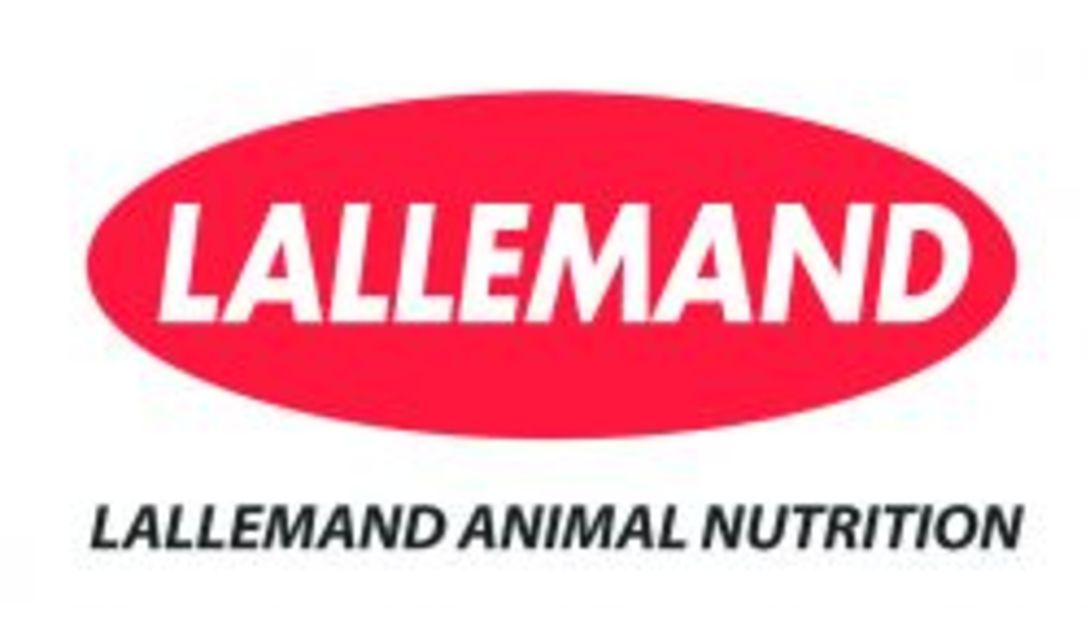Beware of Mycotoxins Even Without Visible Mold |
|
|
This item has been supplied by a forage marketer and has not been edited, verified or endorsed by Hay & Forage Grower. In many cases, mycotoxins won’t alert livestock producers to their presence. There may be no visible mold and no bad smell.1 Yet, the infestation can be there — waiting to drag down production, decrease herd health, lower fertility and even be a food safety hazard. “While mycotoxins are produced by specific molds, visible signs of mold may not translate to measurable mycotoxin levels and vice versa,” says Renato Schmidt, Ph.D., Technical Services – Silage, Lallemand Animal Nutrition. “It’s virtually impossible to completely avoid mycotoxin exposure. The toxins can be produced both on the growing crop and during storage and feedout.” To help reduce mycotoxin production, producers can plant insect and disease-resistant varieties, avoid leaving stubble standing in the field and practice crop rotation. In addition, it helps to avoid or minimize the effects of plant stressors like inadequate fertilization. Still, producers cannot avoid damage from pest infestation or weather events that can predispose crops to mold infestation and mycotoxin production. When the crop has been stressed or physically damaged, the potential for mold infestation significantly increases. In these cases, Dr. Schmidt advises producers to take extra care with silage management. To help minimize mycotoxin-producing molds — and all molds that cause spoilage — producers should use proven silage inoculants as part of a good overall management program. For example, silage inoculated with Lactobacillus buchneri NCIMB 40788 will be more resistant to heating and spoilage as this organism reduces the growth of yeasts, the initiators of spoilage. In fact, L. buchneri 40788 applied at 400,000 CFU per gram of silage or 600,000 CFU per gram of high-moisture corn (HMC), has been uniquely reviewed by the FDA and allowed to claim improved aerobic stability. In the ensiling structure, molds tend to grow in hot spots where there is air (oxygen) present, Dr. Schmidt notes. This is typically in poorly sealed surface layers, corners or shoulders of ensiled forages, or where pockets of air were trapped and packing was inadequate. “If visibly moldy silage is identified, discard it,” Dr. Schmidt advises. “Feeding even small amounts of spoiled silage into a ration has been shown to reduce dry matter intake and NDF digestibility of the whole ration.2 While it may feel like an economic hit, you’re risking more in terms of lost production, herd health and reproduction if you choose to feed spoiled silage.” For more information about mycotoxins and mold in silage, livestock producers can download a free copy of the Silage Quick Facts Handbook at qualitysilage.com/contact. Lallemand Animal Nutrition is committed to optimizing animal performance and well-being with specific natural microbial product and service solutions. Using sound science, proven results and knowledge, Lallemand Animal Nutrition develops, produces and markets high value yeast and bacteria products ─ including probiotics, silage inoculants and yeast derivatives. Lallemand offers a higher level of expertise, leadership and industry commitment with long-term and profitable solutions to move our partners Forward. Lallemand Animal Nutrition is Specific for your success. For more information, please visit www.lallemandanimalnutrition.com. |
